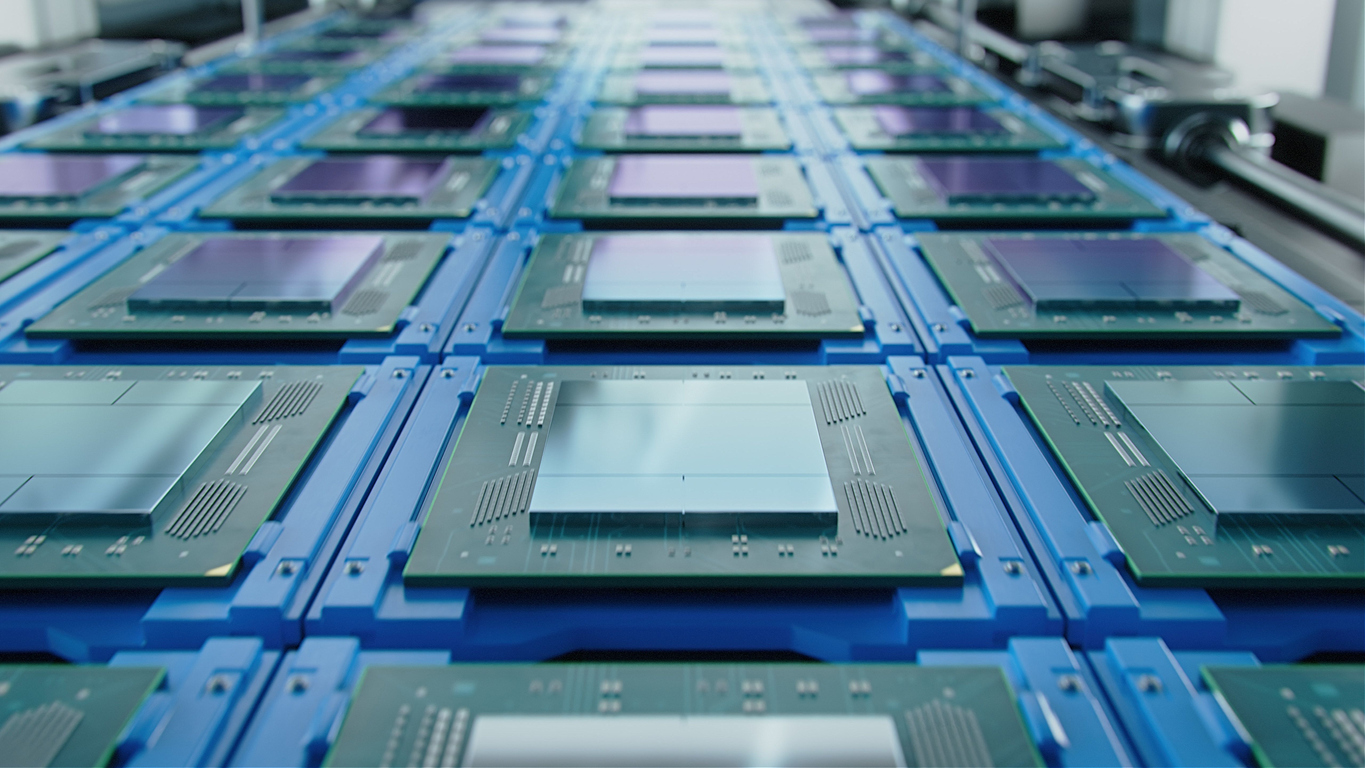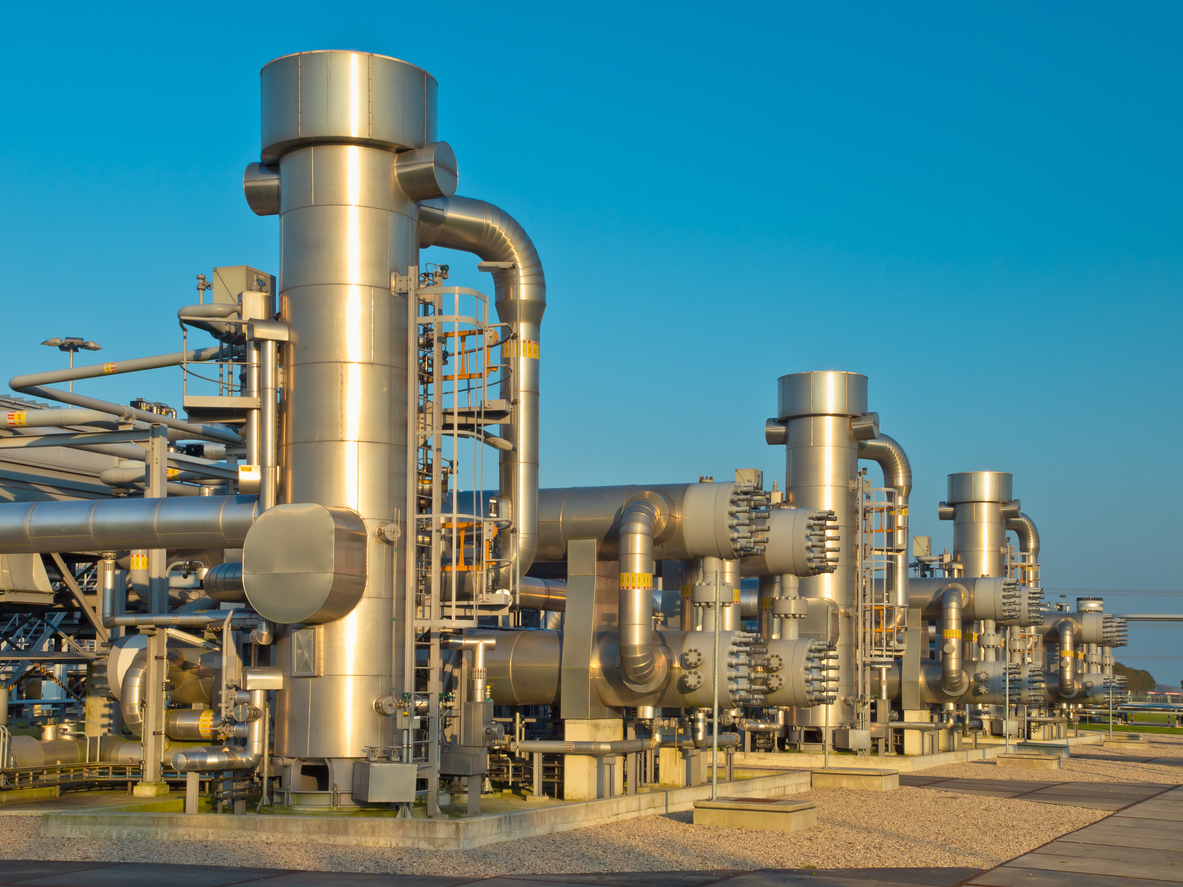How the Flow Reversal Technology Has Revolutionized Water Desalination
The Flow Reversal (FR-RO) technology is the underlying innovation that drives ROTEC’s high-recovery desalination solutions. It improves on traditional reverse osmosis, reducing costs, chemicals, and specific energy consumption in water desalination in both municipal and industrial applications.
This unique technology represents a major step toward reaching MLD (Minimal Liquid Discharge) or ZLD (Zero Liquid Discharge) and securing water resilience for the future.
What Is the Flow Reversal Process?
In reverse osmosis for desalination, untreated water flows through selective membranes that reject various salts and other contaminants. This results in two streams, one made up of clean, treated water and the other being highly concentrated brine waste.
Traditional methods have water flow through a series of membranes in one direction. The Flow Reversal Process makes use of a cyclic flow pattern where forward and backward flows alternate. This changes the concentration gradient across the equipment so that individual sections aren’t continuously handling the highest concentrations.
HOW DOES FLOW REVERSAL WORK?
Conventional RO systems are limited by high saturation along the membranes. Flow Reversal overcomes this challenge by reversing the flow from the low-saturated feed water to the super-saturated brine in the pressure vessels.
The timing of the cycling between forward and reverse flow depends on induction time. Induction time is defined as the time it takes for a population of scale particles to form on the surface of the membranes. It’s determined by a variety of factors, including the kinetics, temperature and pH of the water being treated.
ROTEC provides Flow Reversal implementations that optimize cycling based on induction time. Our expert team has developed sophisticated methods to provide the best solution for each plant, drawing on practical experience implementing our solution in numerous plants around the world and the careful analysis of the data we’ve gathered along the way.
This approach delivers improved performance and significantly reduces maintenance time associated with cleaning scale from equipment. The final outcome is a substantially reduced scale, which leads to improvements in the recovery rate and performance for the entire RO desalination process.
INDUSTRIES THAT BENEFIT FROM FLOW REVERSAL TECHNOLOGY
The Flow Reversal Process is already at work, providing optimized water desalination in existing and new water and wastewater treatment facilities around the world. Both municipal and industrial wastewater treatment processes benefit from enhanced recovery and reduced brine production.
In municipal water treatment, Flow Reversal can be integrated into new facilities as well as plant retrofits and upgrades. As the need for clean drinking water increases and shortages develop around the world, our versatile solution based on this proprietary technology provides much-needed improvements in water recovery and reuse.
Industrial facilities of all kinds can also make use of Flow Reversal. Improved recovery means reduced costs, specific energy, chemicals, and CIP events. Desalination is a vital step in many industrial processes, and Flow Reversal helps facilities purify feed water and reduce waste brine volume.
Applications of the Flow Reversal
The generation of clean drinking water is among the most important applications of the Flow Reversal Process. Areas with brackish groundwaters require efficient desalination to maintain
a safe water supply. Some regions are even turning to seawater desalination for drinking water. The higher salt levels require a process that can deliver exceptional recovery and efficiency.
Flow Reversal for Food & Beverage

Many applications through food and beverage production require desalinated water to ensure product purity and ensure proper maintenance of equipment. Feed water with high salt and mineral concentrations is inevitable in some regions, requiring steps to reduce those levels before use in various processes. Flow Reversal makes that possible, saving water and cost while reducing environmental impact.
Flow Reversal for Semiconductors
Clean feed water is a vital resource in numerous manufacturing and chemical environments. Semiconductor production is notable for the ultrapure water required in rinsing and cleaning silicon wafers,water that must have all minerals removed to avoid contamination. Flow Reversal can optimize specific energy use and reduce waste at key points in this process.

Flow Reversal for Oil & Gas or Mining

Many chemical industries require water free from minerals. Oil and gas and mining are both key examples where extraction and refining require the use of high volumes of water that won’t cause scale on equipment or contaminate raw materials. The production of chemicals in ag-tech and other industries requires clean water as a feedstock in many processes.
All of these industries are affected by water shortages and the need for reliable methods to shore up supply. Flow reversal technology enables them to recover and reuse more water while also reducing their specific energy use and achieving savings.
KEY BENEFITS OF THE FLOW REVERSAL TECHNOLOGY
The Flow Reversal Process provides water treatment plants with a wide range of benefits, including:
– Improved recovery rates – up to 98%, that deliver cleaner permeate as usable water, up to 20%, for every unit of water treated.
– Reduced brine volume – by 70%, to simplify waste handling and minimize environmental impact approaching near Zero Liquid Discharge (ZLD).
– Cost savings in comparison with other scale prevention methods.
– More efficient operation that reduces specific energy costs.
– Minimizing Cleaning In Place (CIP) frequencies, shortening plant shutdown events.
– Easy integration into existing facilities to allow for seamless retrofitting.
To summarize, facilities that take advantage of the Flow Reversal process enjoy superior desalination at reduced overall costs and high recovery regardless of scaling limitations while minimizing CIP, chemical use, and specific energy consumption.
The Flow Reversal Is the Future of Water Desalination
ROTEC’s Flow Reversal technology is among the latest innovations in water treatment. This technology has already been installed in 55 sites and will continue to provide enhanced recovery and performance in the future. Thanks to Flow Reversal, cities, municipalities, agricultural
organizations, and industrial plants are now able to utilize less feed water while maximizing production, enabling self-sufficiency, along with economic and ecological benefits, providing a resilient solution for today’s and tomorrow’s water challenges.


